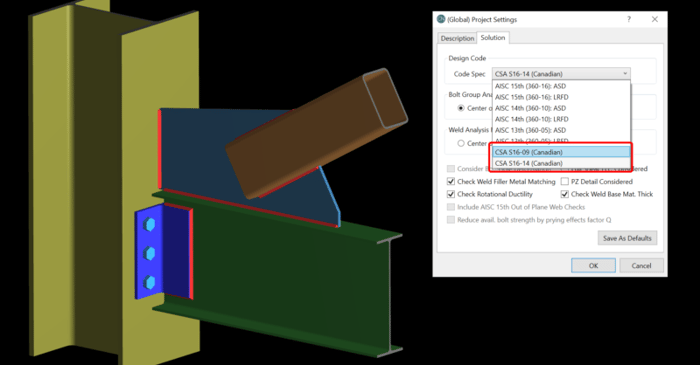
July 5, 2016
Connection Design per Canadian Steel Code (S16-14) now Available
RISAConnection now offers connection design per the Canadian CSA S16-2014 design code.
Powerful Tools Don’t Help If They’re Left Unused Many engineers evaluate analysis software based on core modeling and design checks. But once a demo is over, some of the most impactful features are the ones that quietly save time on real projects — especially mid-size jobs where efficiency matters most. These aren’t advanced edge-case tools. They’re everyday features that often go underused. Diaphragm Forces: See Load Paths Instead of Guessing Diaphragm force output is one of the most valuable — and least leveraged — parts of a full building model. Instead of relying on manual distribution or conservative assumptions, engineers can directly see how loads are flowing to vertical elements. For mid-size structures, this clarity can mean: Fewer overdesigned collectors More confidence in lateral load paths Faster review and revisions when layouts change Batch Results: Review Smarter, Not Longer Batch results allow engineers to review multiple load cases, members, or design checks in a single pass. Instead of hunting through individual reports, patterns become obvious quickly. On mid-size jobs, this speeds up: QA/QC reviews Iterative design changes Comparing “before and after” scenarios It’s not about skipping checks — it’s about seeing the full picture sooner. Design Iteration Speed Is the…
Read More

RISAConnection now offers connection design per the Canadian CSA S16-2014 design code.
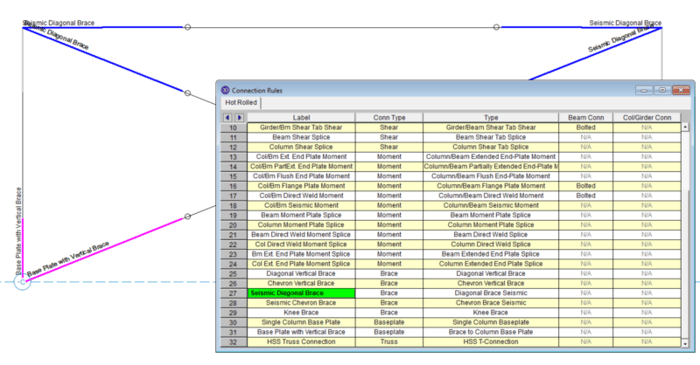
RISAConnection version 6.0 has introduced the ability to design vertical brace connections per the seismic design provisions of the AISC 341-10 Seismic Design Manual.
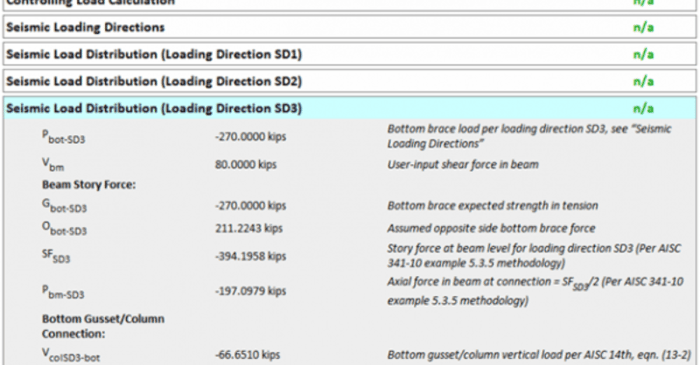
Seismic brace connections are a bit different from other connection types in RISAConnection. This is because the brace and connection elements must be designed for both tension and compression loading.
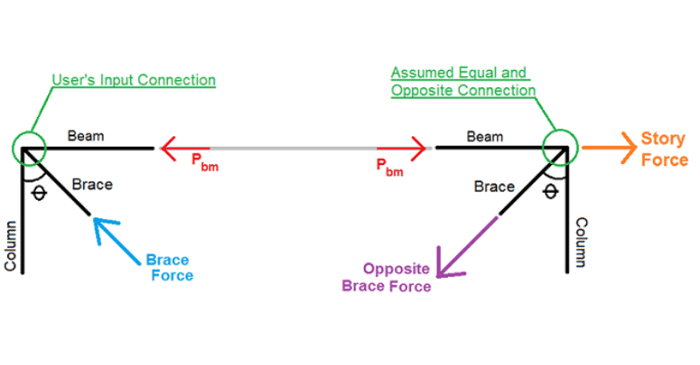
It is possible for seismic (OCBF or SCBF) vertical braced connections to have some limit state code checks lower than those for the same non-seismic connection.
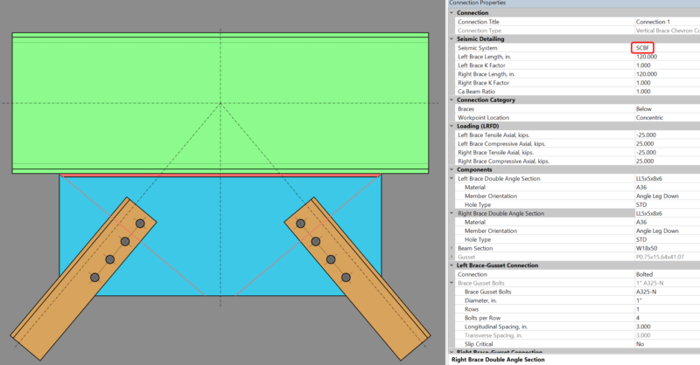
Vertical Diagonal Brace connections and Vertical Chevron Brace connections may be designed as Special Concentric Braced Frame (SCBF) connections in RISAConnection v6.
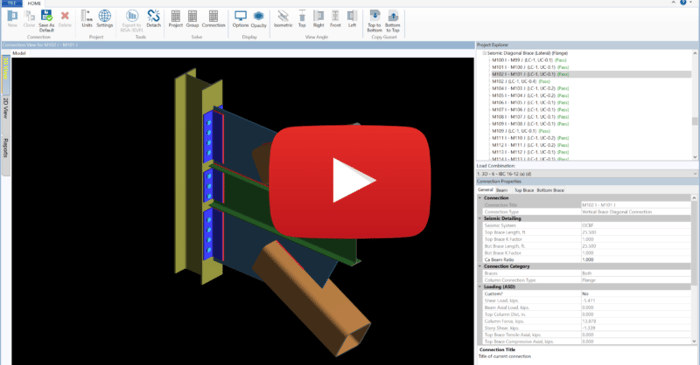
This webinar shows users how to design and detail brace connections including gussets to meet the AISC 341/358 Seismic Provisions.
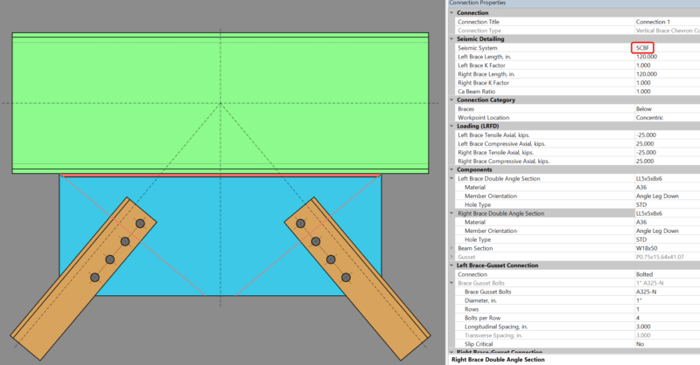
Vertical Diagonal Brace connections and Vertical Chevron Brace connections may be designed as Ordinary Concentric Braced Frame (OCBF) connections in RISAConnection v6.
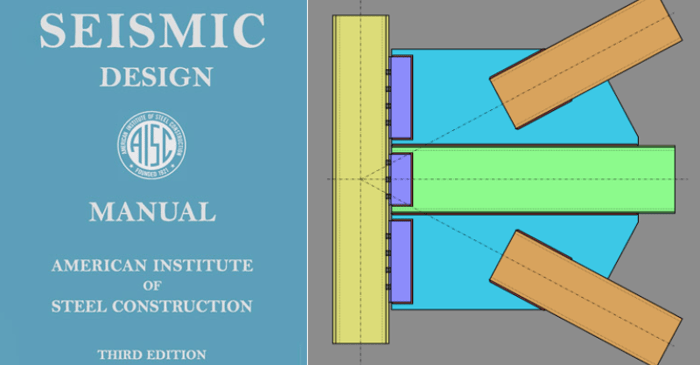
RISAConnection v6 has introduced the ability to design vertical brace connections per the seismic design provisions of the AISC 341-10 Seismic Design Manual.
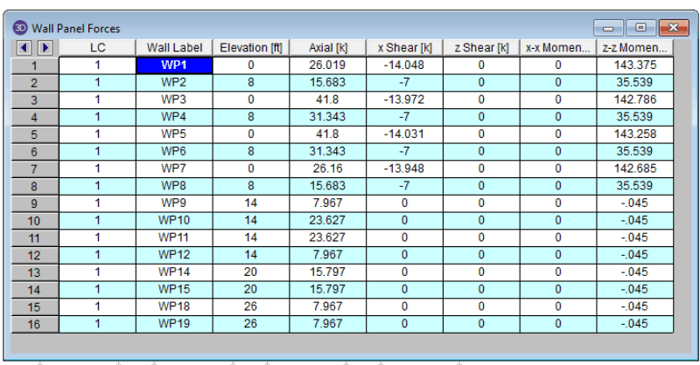
Wall Panel Forces Spreadsheet The power of RISA is the easy to access output. The Wall Panels have all the calculations and forces displayed in the Detail Report and now the new Wall Panel Forces gives you a quick way to get all the forces across the base of the wall. This new spreadsheet can be...
Our monthly "Structural Moment" newsletter is the best way to keep up with RISA’s product updates, new releases, new features, training events, webinars and more...